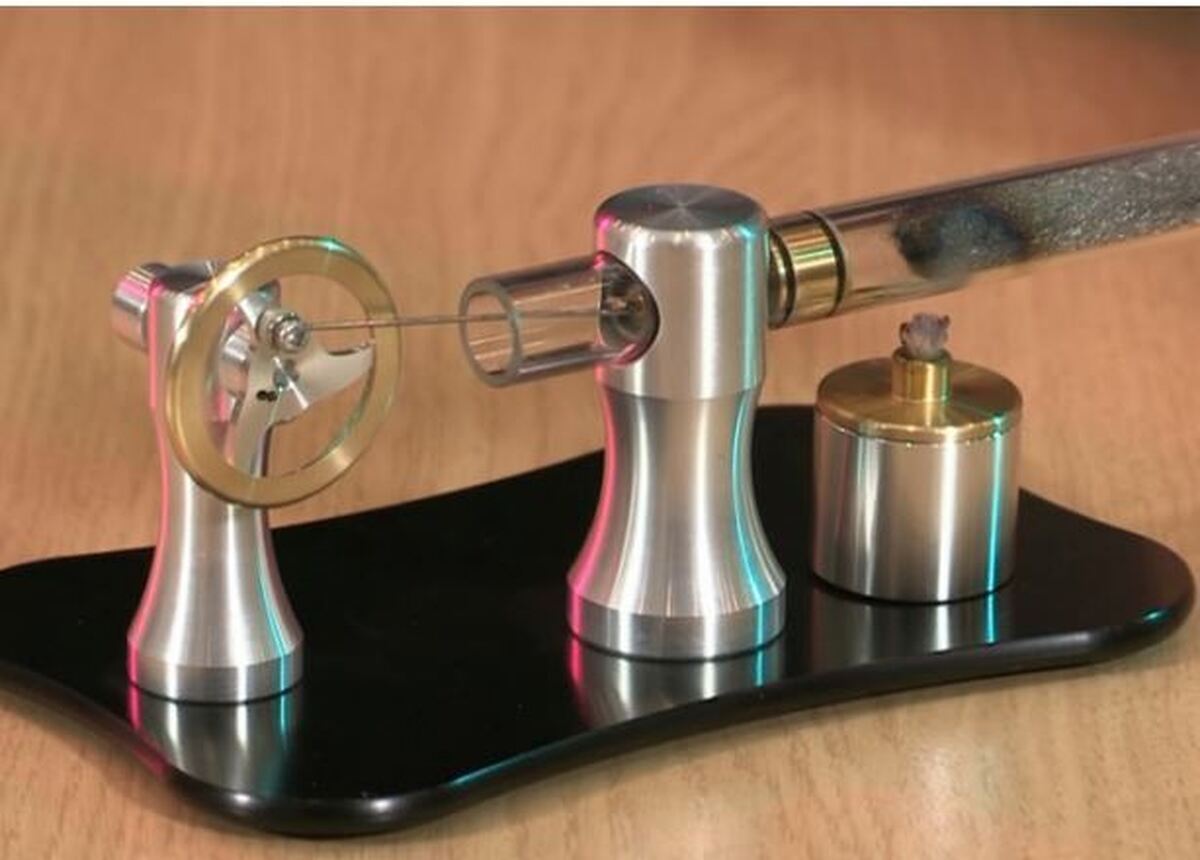Iranian Scientists Build Thermoacoustic Engine for Spacecraft

“We could make this engine after 8 tries, so we have now become the third country to achieve this know-how. The first purpose of building this type of engine is to use it to fuel spaceships with nuclear fuel. Spacecrafts need to generate electricity and store it,” Shahriar Zare’, a PhD graduate in mechanics from the University of Tehran, told ANA.
Noting that this type of engine can replace the solar panels to supply electricity and heat, he added, “The engine connects the heat source to the main source of the engine by means of a heat dish that is heated by the focal sun, and that engine starts and produces electricity.”
“The engine can work with any heat source, which is very good and practical in the absence of electricity, and it can provide electricity without the need for a power plant; therefore, this engine is also called a small power plant,” Zare’ said.
As a promising solution for small- or micro-scale waste heat recovery, the Stirling/thermoacoustic cycle has garnered significant attention in recent decades due to its external combustion nature, operating flexibility across a wide temperature range, high theoretical thermal efficiency, and exceptional reliability.
In a nutshell, a thermoacoustic engine converts heat from a high-temperature source into acoustic power while rejecting waste heat to a low-temperature sink. A thermoacoustic refrigerator does the opposite, using acoustic power to pump heat from a cool source to a hot sink. These devices perform best when they employ noble gases as their thermodynamic working fluids.
4155/v





















